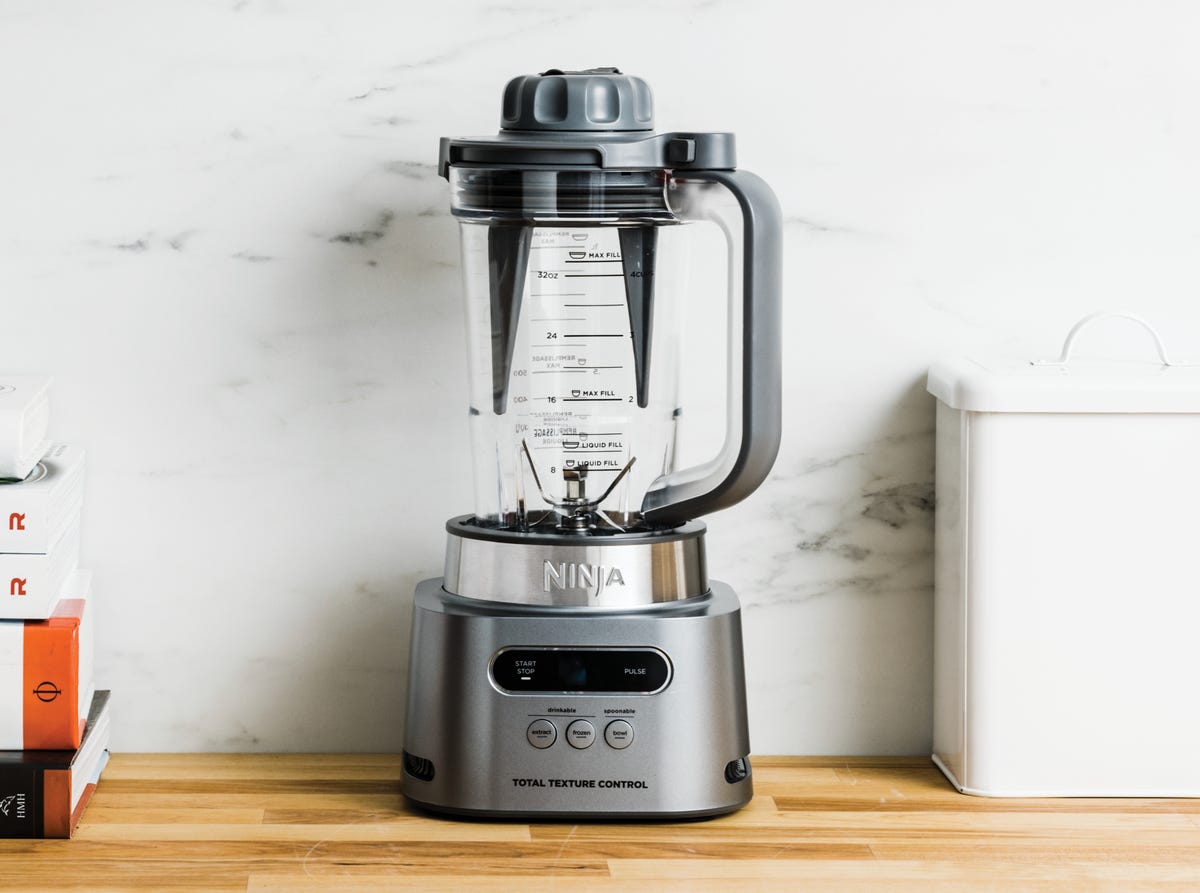

Articles
How Long Does A Ninja Blender Last
Modified: May 6, 2024
"Discover articles on how long a Ninja Blender lasts and uncover tips to extend its lifespan. Get expert advice on maximizing the durability of your blender.
(Many of the links in this article redirect to a specific reviewed product. Your purchase of these products through affiliate links helps to generate commission for Storables.com, at no extra cost. Learn more)
Introduction
A Ninja blender is a versatile and powerful kitchen appliance, designed to help you create delicious smoothies, soups, sauces, and more with ease. As with any electronic device, the lifespan of a Ninja blender can vary depending on various factors. Understanding these factors and taking proper care of your blender can significantly extend its longevity.
When investing in a Ninja blender, it’s natural to wonder, “How long will it last?” While it’s difficult to provide an exact answer, we can explore the different factors that influence the lifespan of a Ninja blender and provide some tips to help you maximize its durability.
By considering factors such as build quality, frequency of use, type of ingredients, and maintenance practices, you can make informed decisions to ensure that your Ninja blender stands the test of time.
In this article, we will delve into these factors and discuss how they can impact the lifespan of your Ninja blender. We will also highlight some signs that indicate potential wear and tear, as well as offer tips to help you extend the longevity of your blender. So, let’s dive in and explore the world of Ninja blenders and their lifespans!
Key Takeaways:
- Proper maintenance, including regular cleaning and blade inspection, can significantly extend the lifespan of a Ninja blender, ensuring optimal performance and functionality for years to come.
- Choosing a Ninja blender with high build quality, using it within recommended guidelines, and addressing signs of wear and tear promptly are essential for maximizing its longevity and reliability in the kitchen.
Read more: How Does Ninja Blender Work
Factors that Influence the Lifespan of a Ninja Blender
Several key factors can greatly influence the lifespan of a Ninja blender. Understanding these factors will help you make informed decisions about how to use and maintain your blender for optimal longevity:
- Build Quality: The build quality of a Ninja blender plays a significant role in its lifespan. High-quality blenders made from durable materials are more likely to withstand regular use and last longer. Look for blenders with sturdy bases, robust blades, and durable jars to ensure longevity.
- Frequency of Use: How often you use your Ninja blender can impact its lifespan. If you use it daily or several times a week, it will naturally experience more wear and tear compared to occasional use. Consider the intended frequency of use and choose a model that matches your needs.
- Type of Ingredients: The type of ingredients you blend can also affect the lifespan of your Ninja blender. Blending soft fruits and vegetables may not put much strain on the motor and components, while blending hard ingredients like ice or frozen fruits may exert more stress. Be mindful of the ingredients you blend and use the appropriate settings accordingly.
- Maintenance and Cleaning: Proper maintenance and cleaning can significantly impact the lifespan of your Ninja blender. Regularly cleaning the blades, jar, and other parts, as per the manufacturer’s instructions, prevents the buildup of residue and ensures optimal performance. Proper care also includes regular inspection of the blender’s components for signs of wear and tear.
By taking these factors into consideration, you can make informed choices when selecting a Ninja blender and ensure that you use and maintain it in a way that maximizes its lifespan. In the next section, we will explore some common signs of wear and tear to look out for in your Ninja blender.
Build Quality
The build quality of a Ninja blender is a crucial factor that affects its lifespan. A blender constructed with high-quality materials and solid craftsmanship is more likely to withstand regular use and last longer. When choosing a Ninja blender, pay attention to the following build quality aspects:
- Sturdy Base: The base of the blender should be stable and well-built. It should securely hold the motor and provide a solid foundation for blending. A stable base reduces vibrations and ensures that the blender stays in place during operation.
- Robust Blades: The blades of a Ninja blender should be made from durable materials, such as stainless steel, and designed to withstand the rigors of blending. Dull or damaged blades can result in inefficient blending and may indicate a lower-quality blender.
- Durable Jar: The jar or container that holds the ingredients should be made from high-quality, shatter-resistant materials. Look for jars that are BPA-free and can withstand high speeds and impact. A cracked or damaged jar not only affects the functionality but also compromises safety.
- Secure Lid: The lid of the blender should fit tightly and securely, preventing any leaks or spills during operation. A properly fitting lid is essential for safe and efficient blending.
Investing in a Ninja blender with a solid build quality ensures that it can handle the demands of blending various ingredients without breaking down prematurely. Even if a blender with superior build quality may come at a slightly higher cost, it is worth the investment in the long run.
In the next section, we will explore the impact of the frequency of use on the lifespan of a Ninja blender.
Frequency of Use
The frequency of use is another important factor that can significantly influence the lifespan of a Ninja blender. How often you use your blender affects the wear and tear it experiences over time. Here are some considerations regarding the frequency of use:
Daily or Regular Use: If you use your Ninja blender daily or on a regular basis, it will naturally experience more strain and wear compared to occasional use. Continuous use can put stress on the motor, blades, and other components, potentially reducing their lifespan. Consider the intended frequency of use when selecting a blender. If you plan to use it frequently, opt for a model designed for heavy-duty blending.
Rest Periods: Giving your blender some rest periods between uses can help prevent overheating and prolong its lifespan. If you’re making multiple batches of smoothies or blending for an extended period, consider allowing the blender to cool down before using it again. This practice can help prevent excessive wear on the motor and extend its longevity.
Blending Time: The duration of each blending session can also impact the lifespan of your Ninja blender. Extended blending sessions may generate more heat, potentially affecting the motor and other internal components. Try to blend in shorter bursts, allowing breaks in between, to prevent overheating and reduce stress on the blender.
Ultimately, finding a balance between frequency of use and rest periods is essential to ensure the longevity of your Ninja blender. If you plan to use it heavily, consider investing in a blender specifically designed for frequent use. In the next section, we will discuss how the type of ingredients you blend can affect the lifespan of your Ninja blender.
Type of Ingredients
The type of ingredients you blend in your Ninja blender can have a significant impact on its lifespan. Some ingredients exert more strain on the motor and blades, potentially causing wear and tear. Here are some considerations regarding the type of ingredients:
Soft Ingredients: Blending soft ingredients like fruits, vegetables, and liquids typically does not put much strain on the motor and blades. These types of ingredients are easier to blend and require less power from the blender. However, it is still important to use the appropriate blending settings to ensure optimal performance.
Hard Ingredients: Blending hard ingredients such as ice, frozen fruits, nuts, or fibrous vegetables can put more stress on the motor and blades. These ingredients require more power and may increase the risk of premature wear and tear. When blending hard ingredients, it is advisable to use short bursts and high speeds to avoid straining the blender.
Liquid-to-Solid Ratio: The ratio of liquid to solid ingredients can also impact the strain on the blender. When blending thick mixtures with minimal liquid, the blades may have a harder time moving the ingredients, potentially causing strain on the motor. To avoid excessive wear, ensure that there is enough liquid to facilitate smooth blending without overburdening the blender.
By being mindful of the ingredients you blend and adjusting the settings accordingly, you can help prolong the lifespan of your Ninja blender. It is important to follow the manufacturer’s guidelines for ingredient recommendations and use common sense when blending tougher ingredients.
In the next section, we will discuss the significance of maintenance and cleaning in preserving your Ninja blender’s lifespan.
Read more: How Many Watts Does A Ninja Blender Use
Maintenance and Cleaning
Maintenance and cleaning practices play a crucial role in extending the lifespan of your Ninja blender. Proper care ensures that the blender functions optimally and prevents the accumulation of residue or damage to its components. Here are some tips for maintaining and cleaning your Ninja blender:
Regular Cleaning: After each use, it is important to clean your blender thoroughly. Disassemble the blender and wash the different components, such as the jar, lid, and blades, with warm, soapy water. Pay special attention to any crevices or hard-to-reach areas where residue may accumulate. Rinse the components thoroughly and let them dry before reassembling the blender.
Blade Maintenance: The blades of your Ninja blender are essential for efficient blending. It is important to inspect the blades regularly for any signs of damage or dullness. If you notice any issues, such as bent or worn-out blades, consider replacing them to maintain optimal performance. Follow the manufacturer’s instructions for removing and replacing the blades.
Jar Care: The jar of your blender is subjected to the most wear and tear. Regularly inspect the jar for cracks, chips, or other signs of damage. A cracked or damaged jar can lead to leaks or other issues during blending. If you notice any damage, it is advisable to replace the jar to ensure safe and efficient blending.
Motor Maintenance: While the motor is housed within the base unit, it is still important to keep it clean. Wipe the base unit with a damp cloth to remove any dust or spills. Avoid submerging the base unit in water or exposing it to excessive moisture. This can help prevent any potential damage to the motor or electrical components.
Following these maintenance and cleaning practices will help keep your Ninja blender in optimal condition and extend its lifespan. By regularly inspecting the blades, jar, and other components, you can catch any potential issues early on and address them promptly.
Next, we will explore some common signs of wear and tear that may indicate the need for blender repairs or replacement.
To extend the lifespan of your Ninja blender, make sure to clean it regularly, avoid overfilling, and use it according to the manufacturer’s instructions. Regular maintenance and proper usage can help prolong the life of your blender.
Signs of Wear and Tear
Over time, your Ninja blender may start showing signs of wear and tear. These signs can indicate potential issues that need to be addressed to prevent further damage or malfunction. Here are some common signs to watch out for:
- 1. Damaged or Worn Blades: Inspect the blades for signs of damage or dullness. Bent or worn-out blades can affect the blender’s performance and may lead to uneven blending or difficulty in chopping ingredients. If you notice any issues with the blades, consider replacing them.
- 2. Leaking or Cracked Jar: Examine the jar for any cracks, chips, or signs of leakage. A cracked or damaged jar can lead to leaks or spills during blending, compromising the blender’s performance and safety. If you encounter any issues with the jar, it is advisable to replace it.
- 3. Motor Malfunctions: Pay attention to any unusual noises or behaviors coming from the motor. If the motor struggles to start, makes grinding sounds, or exhibits inconsistent blending speeds, it may indicate a motor malfunction. In such cases, it’s best to contact the manufacturer or a professional for repairs.
Monitoring these signs of wear and tear allows you to take prompt action to address any potential issues. Seeking repairs, replacement parts, or professional assistance can help restore the functionality and extend the overall lifespan of your Ninja blender.
Now that we’ve explored the factors influencing the lifespan of a Ninja blender and the signs of wear and tear, let’s move on to some tips to help you extend the longevity of your blender.
Damaged or Worn Blades
One of the common signs of wear and tear in a Ninja blender is damaged or worn blades. The blades of your blender play a crucial role in efficiently blending ingredients. Over time, blades can become dull, bent, or damaged, which can affect the blender’s performance. Here are some tips to address this issue:
Inspect the Blades: Regularly inspect the blades of your Ninja blender for any signs of damage or wear. Look for bent or chipped edges, rust, or any other visible issues. If you notice any of these problems, it’s time to take action.
Replace the Blades: If the blades are damaged or worn, consider replacing them. Most Ninja blender models offer replaceable blades. Contact the manufacturer or visit their website to find the appropriate replacement blades for your specific model.
Follow the Replacement Instructions: When replacing the blades, carefully follow the manufacturer’s instructions. Make sure you have the necessary tools and follow all safety precautions. Improper replacement can lead to further damage or even result in injury.
Sharpen the Blades: In some cases, the blades may be dull rather than damaged. If this is the case, you can try to sharpen them. Use a blade sharpening tool or professional sharpening service to restore the blades’ sharpness. However, be cautious and follow the sharpening instructions carefully to avoid injury.
Proper Blade Usage: To minimize the risk of damaging the blades, use them only for their intended purposes. Avoid blending hard ingredients that can strain the blades, such as crushing ice or grinding hard spices. Instead, opt for a more suitable kitchen tool for these tasks. This will help prolong the lifespan of your blender blades.
By addressing damaged or worn blades promptly, you can restore the efficiency and performance of your Ninja blender. Regularly inspecting the blades and following proper usage guidelines will help you maintain them in good condition for extended use.
In the next section, we will discuss the importance of addressing a leaking or cracked jar.
Leaking or Cracked Jar
Another common issue that can arise with a Ninja blender is a leaking or cracked jar. The jar is a crucial component that holds the ingredients during blending. A damaged jar can not only affect the blender’s performance but also lead to messy spills and potential safety hazards. Here are some tips to address this problem:
Inspect the Jar: Regularly inspect the jar of your Ninja blender for any cracks, chips, or signs of leakage. Pay attention to the bottom, sides, and lid sealing area. Even small hairline cracks can expand over time and compromise the functionality of the jar.
Replace the Jar: If you detect any damage to the jar, it is advisable to replace it. Contact the manufacturer or visit their website to find the appropriate replacement jar for your specific blender model. Ensure you order a jar that matches the wattage and compatibility of your blender.
Proper Handling and Storage: Handle the jar with care to prevent accidental drops or impacts that can cause cracks. When storing the blender, make sure the jar is placed securely on a stable surface to avoid any potential damage.
Use Correct Capacity: Do not overfill the jar beyond its capacity. This can create excess pressure and cause the jar to crack or leak during blending. Always follow the instructions regarding ingredient quantities and recommended capacity to prevent any issues.
Check the Seals: Inspect the seals around the lid and ensure they are in good condition. Worn-out or damaged seals can lead to leaks during blending. If necessary, replace the seals to ensure a proper and tight fit.
By addressing a leaking or cracked jar promptly, you can prevent further damage and ensure safe and efficient blending with your Ninja blender. Regularly inspecting the jar, handling it with care, and using the correct capacity will help extend the lifespan of your blender and maintain its functionality.
In the next section, we will discuss motor malfunctions and how to address them effectively.
Read more: How To Start The Ninja Blender
Motor Malfunctions
Motor malfunctions can be a frustrating issue with a Ninja blender. The motor is the heart of the blender, powering the blades to perform the blending tasks. If you notice any unusual noises or behaviors coming from the motor, it may indicate a malfunction. Here are some tips to address motor malfunctions:
Identify the Issue: Pay attention to any abnormal sounds or behaviors coming from the motor. This may include grinding noises, difficulty in starting, or inconsistent blending speeds. Identifying the specific issue can help you determine the best course of action.
Unplug the Blender: Before attempting any troubleshooting or repairs, always unplug the blender for safety purposes. This will protect you from any electrical hazards as you inspect the motor or perform any maintenance tasks.
Contact the Manufacturer: If your Ninja blender is experiencing motor malfunctions, it is advisable to contact the manufacturer or their customer support. They can provide guidance on troubleshooting steps specific to your blender model or recommend an authorized service center for repairs.
Professional Repair: In some cases, motor malfunctions may require professional repairs. Avoid attempting to repair the motor yourself, as it can be complex and may void any warranties. Skilled technicians can diagnose the issue accurately and provide the necessary repairs to restore the motor’s functionality.
Warranty Coverage: If your Ninja blender is still under warranty and experiencing motor malfunctions, check the warranty terms and conditions. The manufacturer may cover the repair or replacement of the blender, saving you from additional expenses.
Preventive Maintenance: Regular preventive maintenance, such as cleaning the motor area and ensuring proper ventilation, can help prevent motor issues. Follow the manufacturer’s guidelines for cleaning and maintenance to keep the motor in good condition.
Addressing motor malfunctions promptly can help restore the functionality of your Ninja blender. Whether you troubleshoot the issue yourself, seek professional repairs, or contact the manufacturer, taking appropriate action will extend the lifespan and performance of your blender.
In the next section, we will provide some valuable tips to help you extend the overall lifespan of your Ninja blender.
Tips to Extend the Lifespan of Your Ninja Blender
To ensure that your Ninja blender lasts for a long time and continues to perform at its best, consider implementing the following tips:
1. Follow the Manufacturer’s Instructions: Familiarize yourself with the user manual and follow the manufacturer’s instructions for operating and maintaining your Ninja blender. This includes recommended usage guidelines, cleaning procedures, and safety precautions.
2. Use Pulse Blending Mode: When blending ingredients, utilize the pulse blending mode instead of continuous blending. This allows the motor to rest and reduces the strain on the blender’s components, helping to extend their lifespan.
3. Avoid Overheating: Be mindful of the blender’s temperature during extended blending sessions. If you notice the motor feels excessively hot, allow it to cool down before using it again. Overheating can cause damage to the motor and other parts of the blender.
4. Cut Ingredients into Smaller Pieces: To reduce stress on the motor and blades, cut larger or harder ingredients into smaller pieces before blending. This helps the blender process the ingredients more efficiently and prevents excessive strain on the blender’s components.
5. Don’t Fill Beyond Capacity: Avoid overfilling the blender beyond its capacity. This can put excessive pressure on the motor and may cause the blender to malfunction or leak. Follow the recommended capacity guidelines provided by the manufacturer.
6. Clean and Maintain Regularly: Keep your Ninja blender clean by washing the jar, blades, and other removable parts after each use. Additionally, perform regular maintenance tasks such as blade inspections, jar inspections, and general cleaning of the motor and base unit. Regular maintenance helps prevent residue buildup and keeps the blender functioning optimally.
7. Store Properly: When not in use, store your Ninja blender in a cool, dry place away from direct sunlight and other heat sources. Make sure the blender and its components are properly stored and protected from any potential damage.
8. Use the Right Accessories: Stick to using the accessories and attachments specifically designed for your Ninja blender model. Using incompatible or third-party accessories can potentially damage the blender or affect its performance.
9. Address Issues Promptly: If you notice any signs of wear and tear, such as damaged blades, leaking jars, or motor malfunctions, address them promptly. Ignoring these issues can lead to further damage and shorten the overall lifespan of your Ninja blender.
By following these tips, you can maximize the lifespan of your Ninja blender and enjoy its performance for years to come. Remember, proper care, maintenance, and usage play a significant role in preserving the functionality and longevity of your blender.
Now that we have discussed various tips to extend the lifespan of your Ninja blender, let’s conclude our article.
Conclusion
A Ninja blender is a valuable kitchen appliance that can make your culinary adventures a breeze. To ensure that your Ninja blender lasts for a long time and continues to deliver exceptional performance, it’s important to consider the factors that influence its lifespan and implement proper maintenance and care.
Several factors, such as build quality, frequency of use, type of ingredients, and maintenance practices, can significantly impact the lifespan of your Ninja blender. Investing in a blender with a sturdy build quality, using it within recommended guidelines, and cleaning it regularly will help extend its longevity.
Signs of wear and tear, such as damaged blades, leaking jars, or motor malfunctions, should be addressed promptly. By identifying and resolving these issues early on, you can prevent further damage and maximize the overall lifespan of your blender.
To further extend the lifespan of your Ninja blender, follow these tips: follow the manufacturer’s instructions, use the pulse blending mode, avoid overheating, cut ingredients into smaller pieces, don’t overfill the blender, clean and maintain regularly, store properly, use the right accessories, and address issues promptly.
By taking these steps, you can ensure that your Ninja blender remains an essential and reliable kitchen companion for years to come, providing you with delicious smoothies, sauces, and more.
In conclusion, by considering the factors that influence the lifespan of a Ninja blender, addressing signs of wear and tear, and implementing proper care and maintenance, you can enjoy the longevity of your blender and fully utilize its capabilities to enhance your culinary endeavors.
Ready to maximize your Ninja blender's potential? Check out our detailed guide on ninja blender accessories. This article provides a comprehensive look at the best additions for your appliance, ensuring you can tackle any culinary challenge with ease. Discover tools that simplify food prep and enhance your blending capabilities, making your kitchen routines quicker and more enjoyable. Perfect for both novice cooks and seasoned chefs, these must-have accessories are designed to fit seamlessly with your Ninja blender.
Frequently Asked Questions about How Long Does A Ninja Blender Last
Was this page helpful?
At Storables.com, we guarantee accurate and reliable information. Our content, validated by Expert Board Contributors, is crafted following stringent Editorial Policies. We're committed to providing you with well-researched, expert-backed insights for all your informational needs.
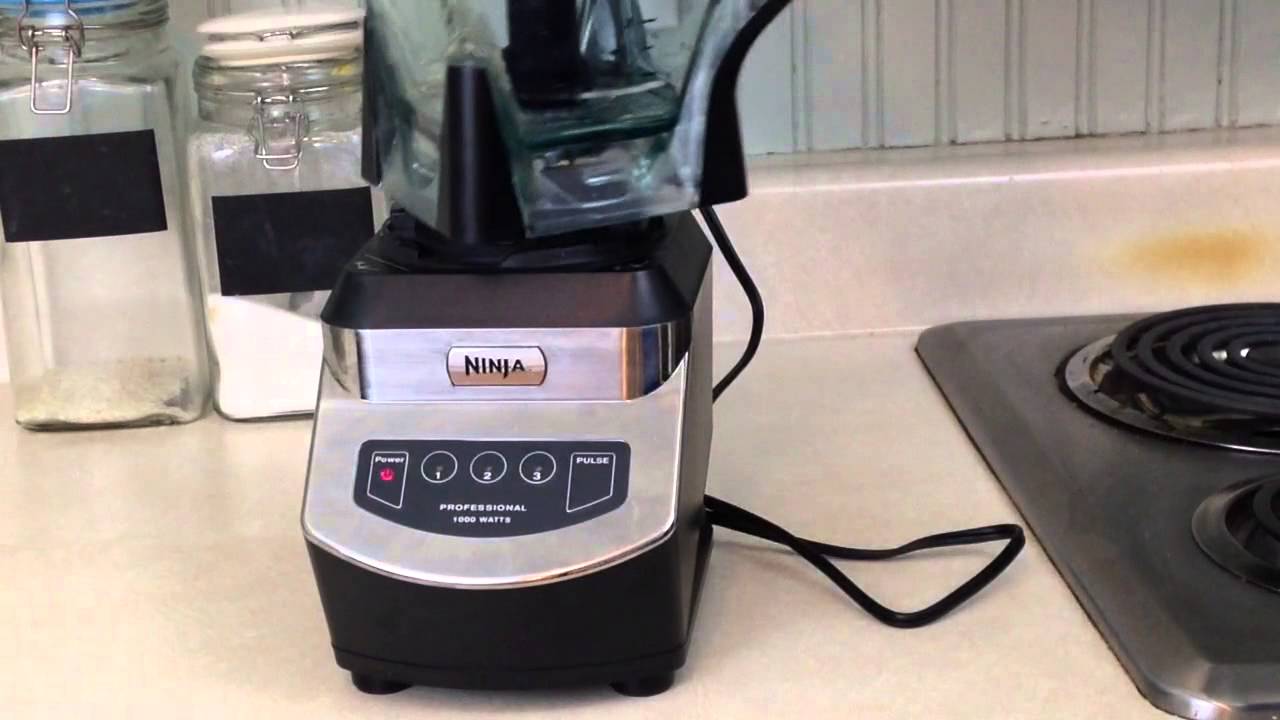
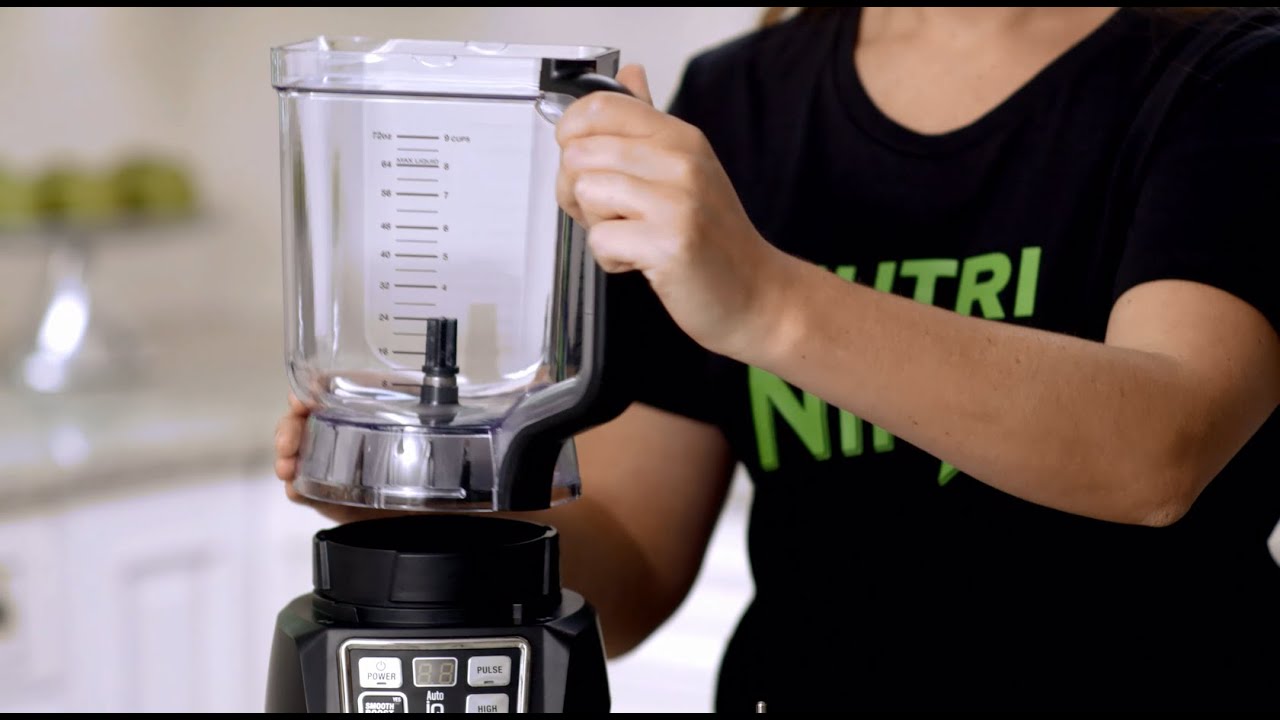
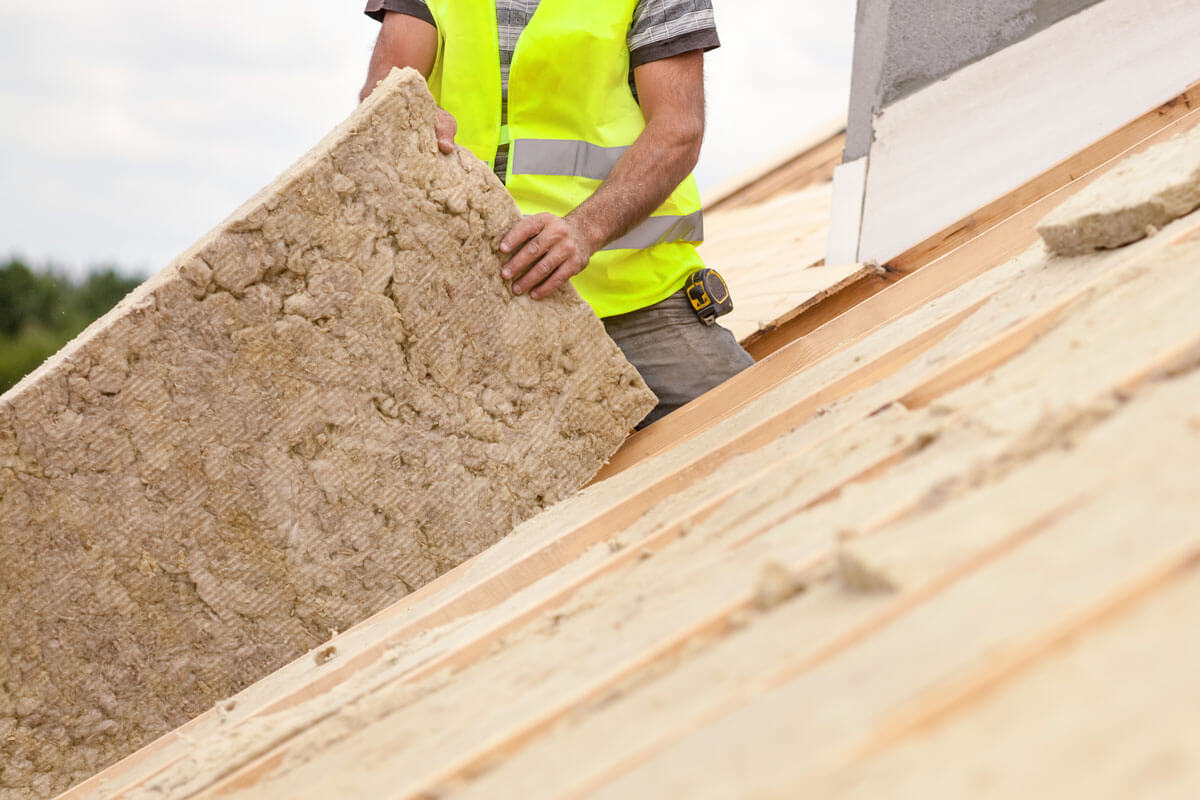
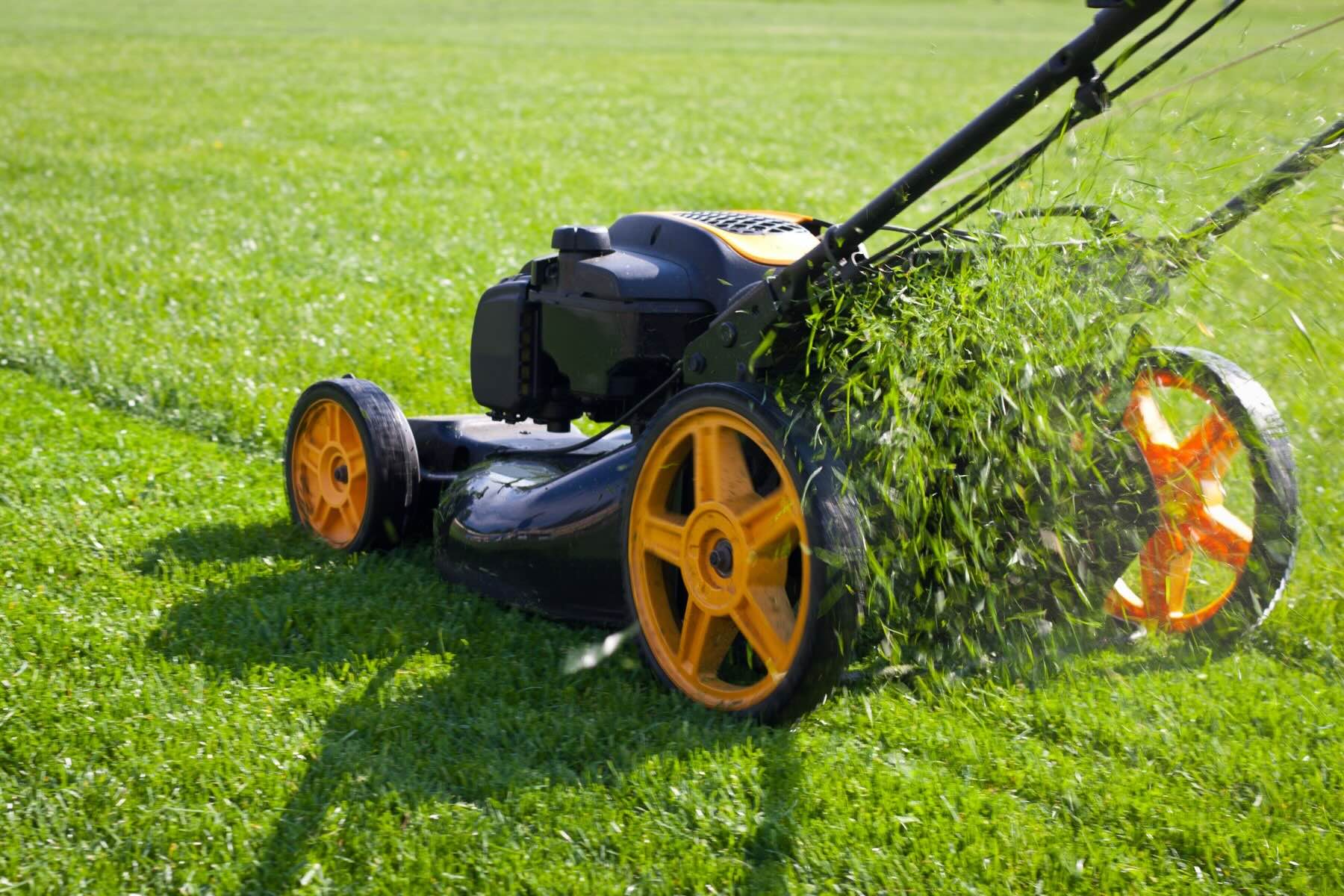
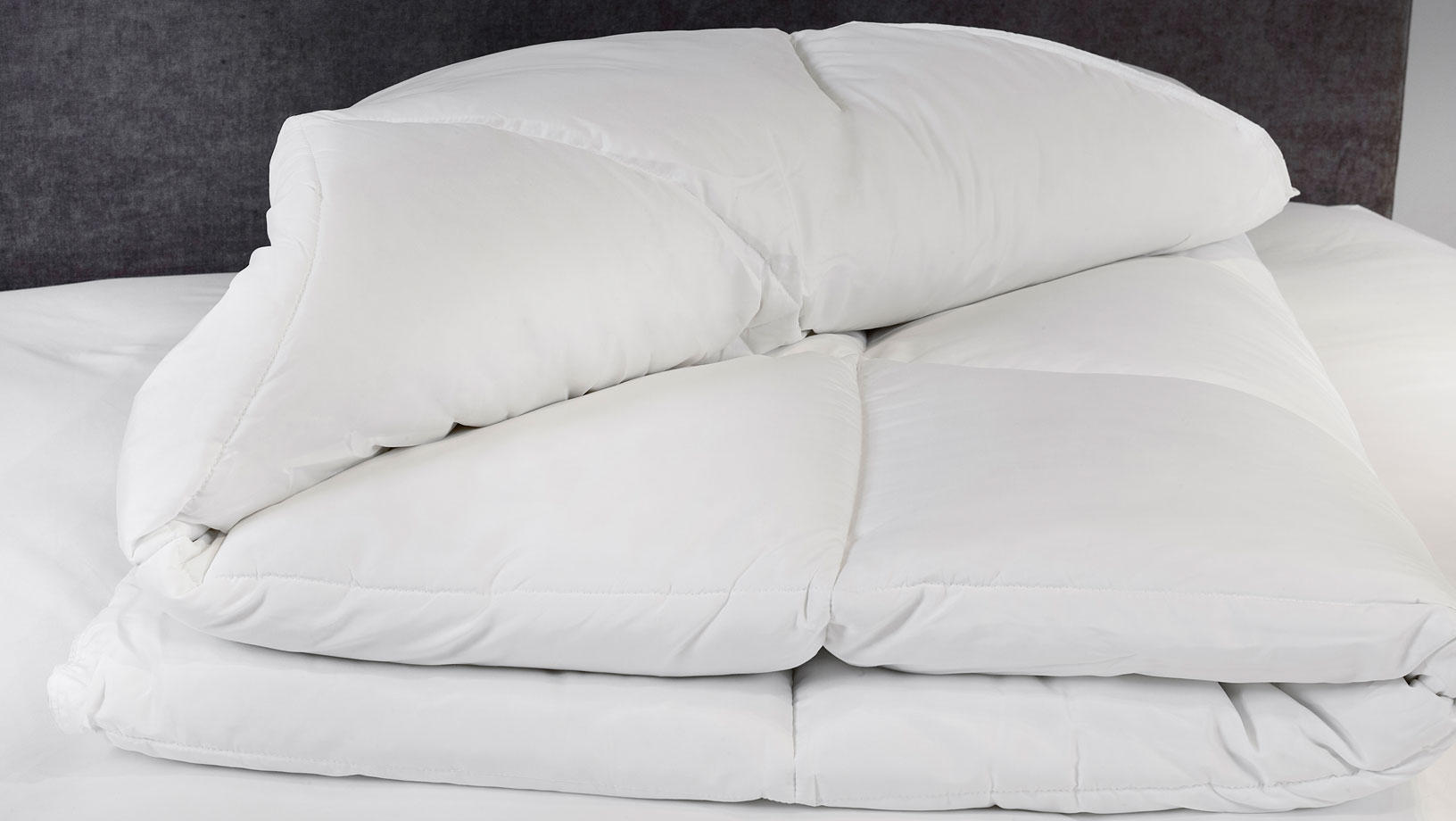

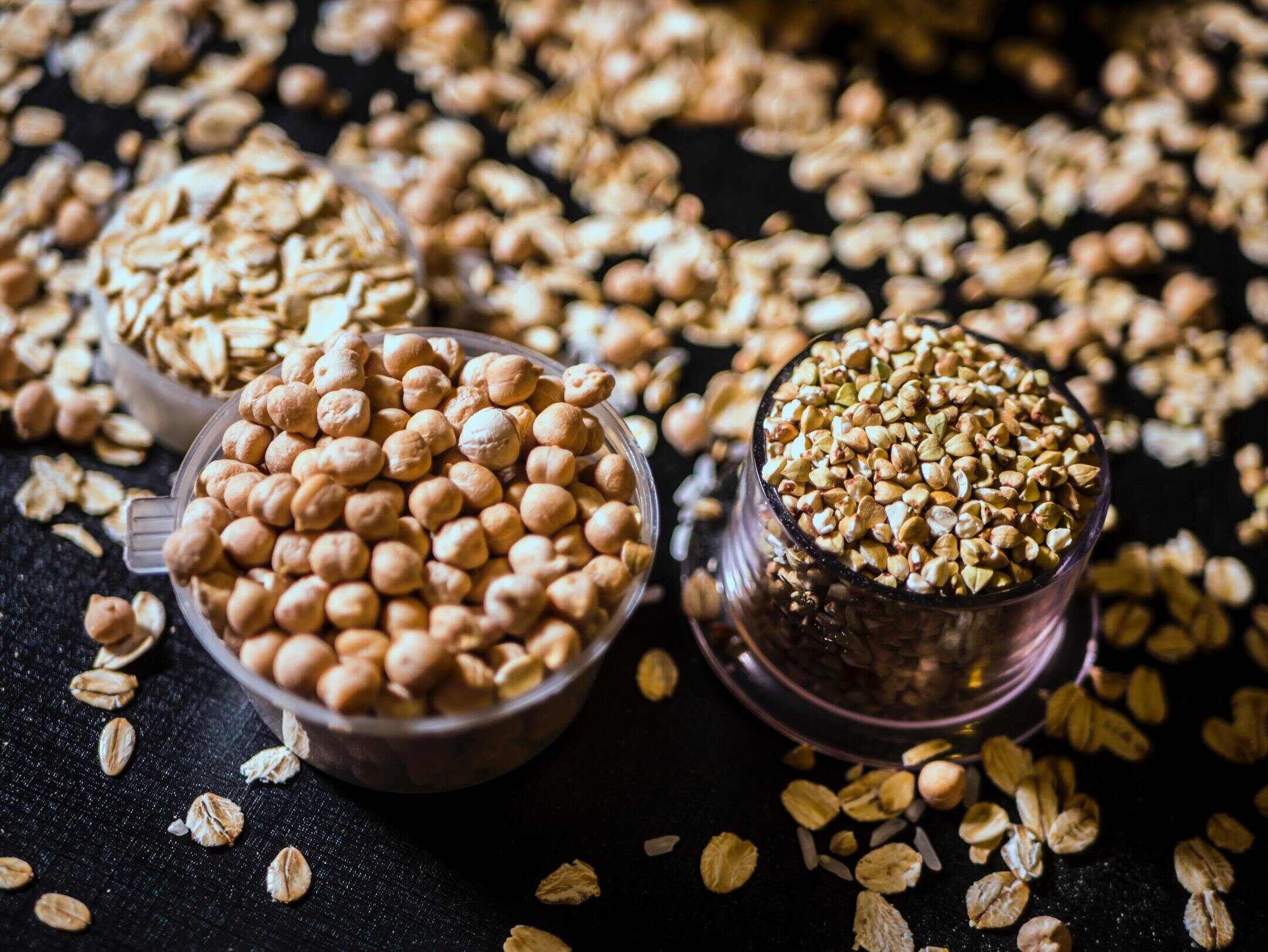
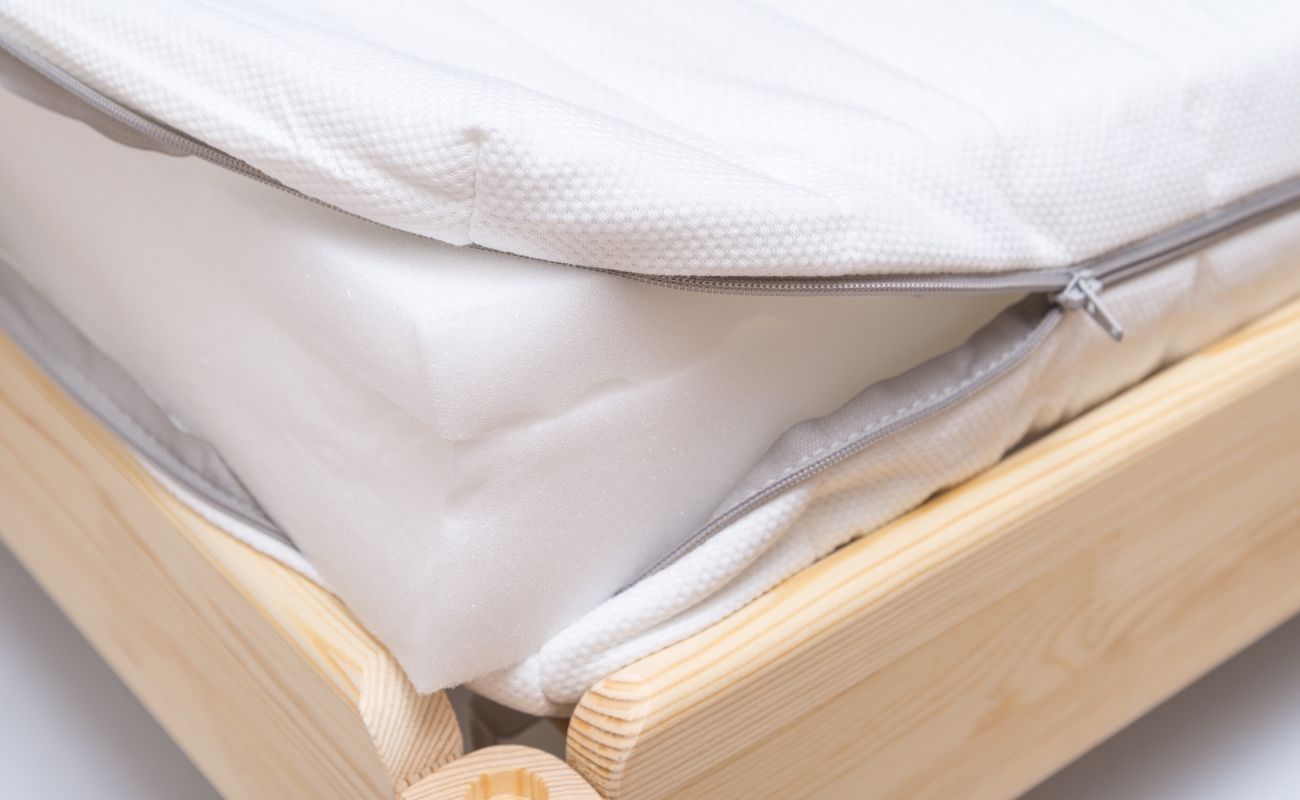
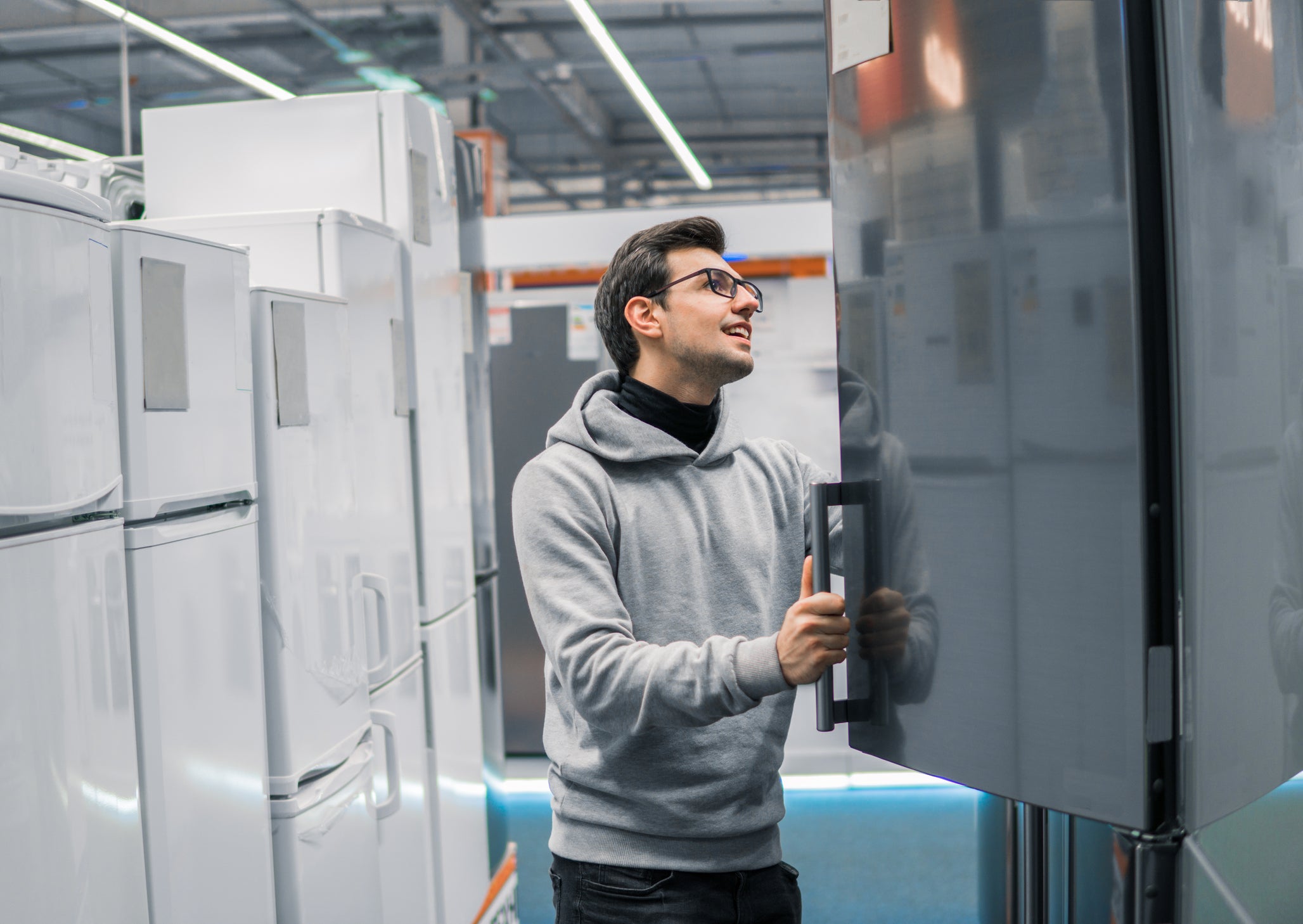

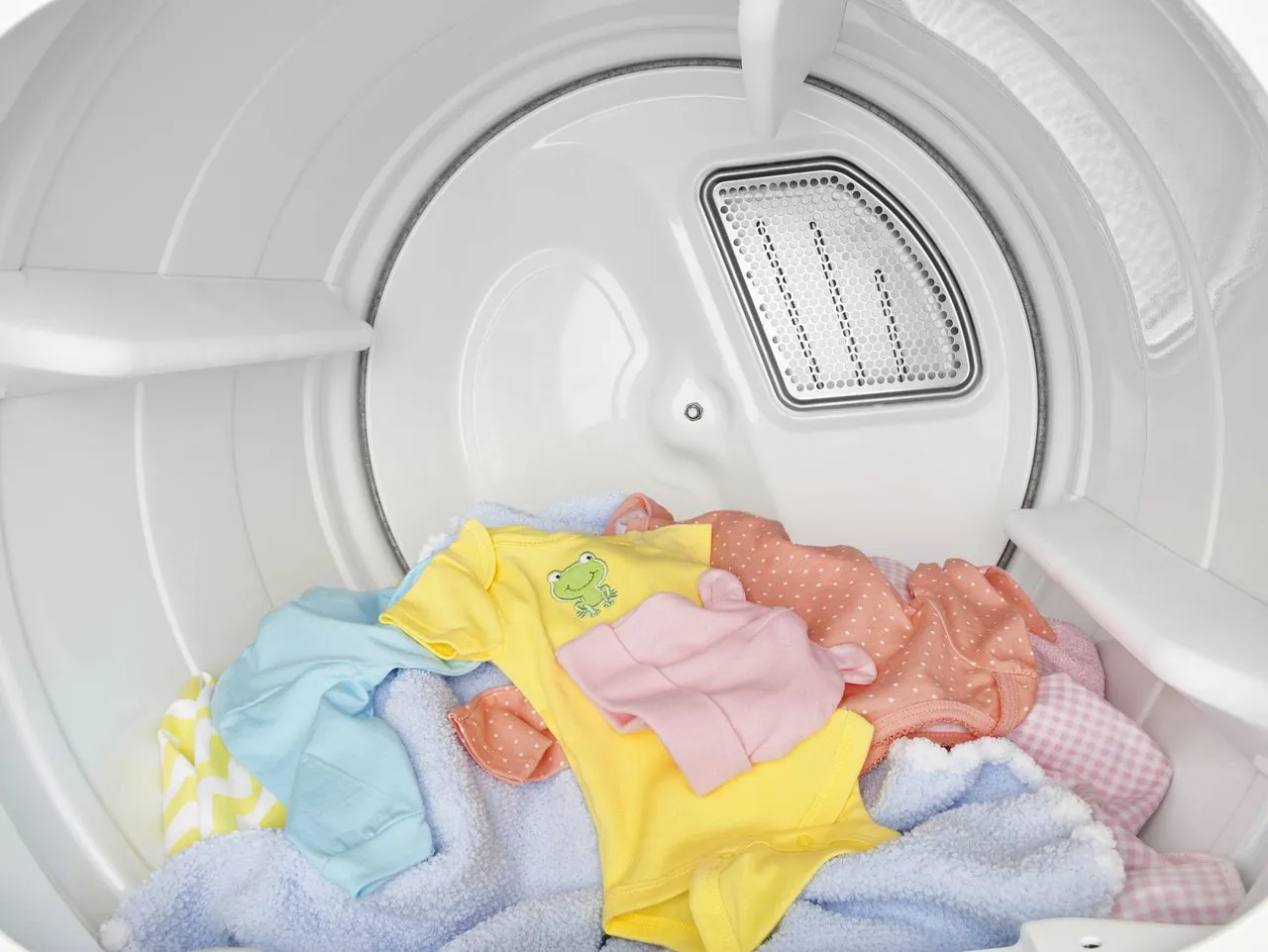
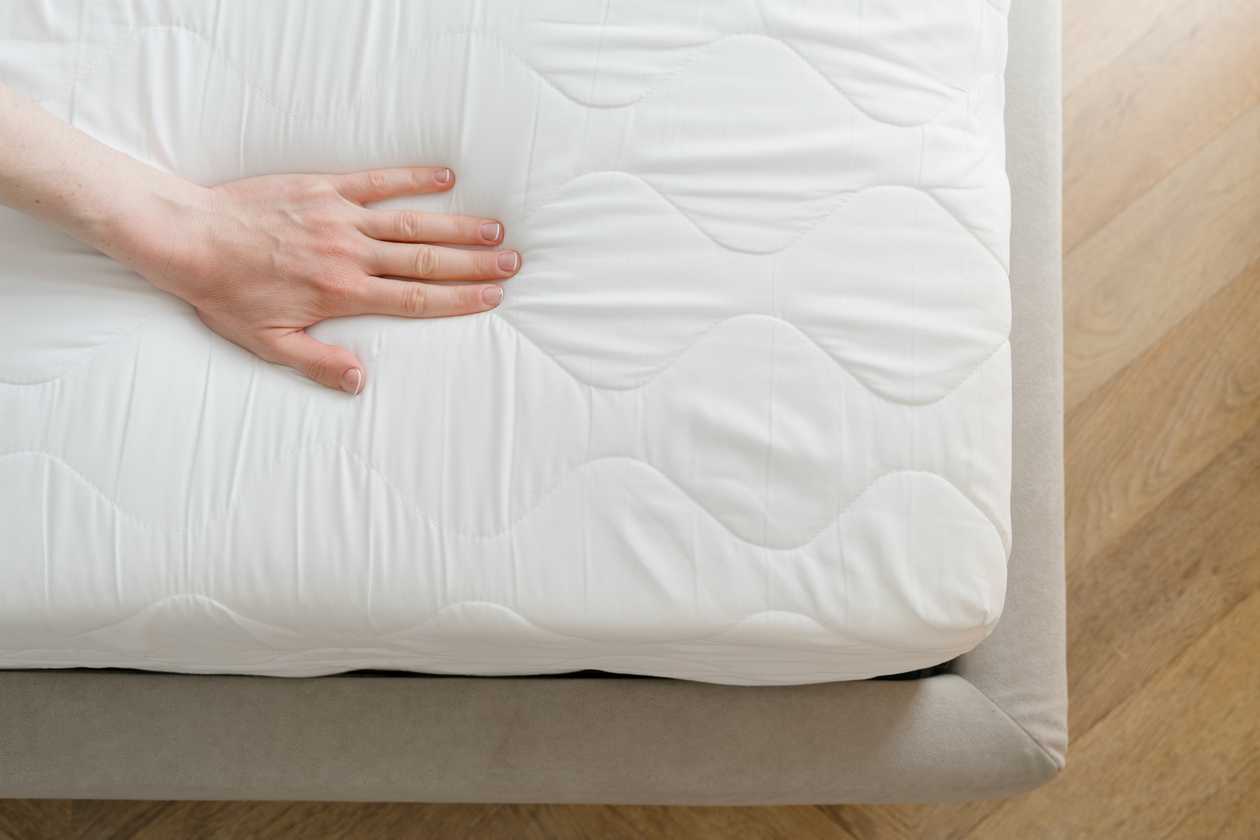
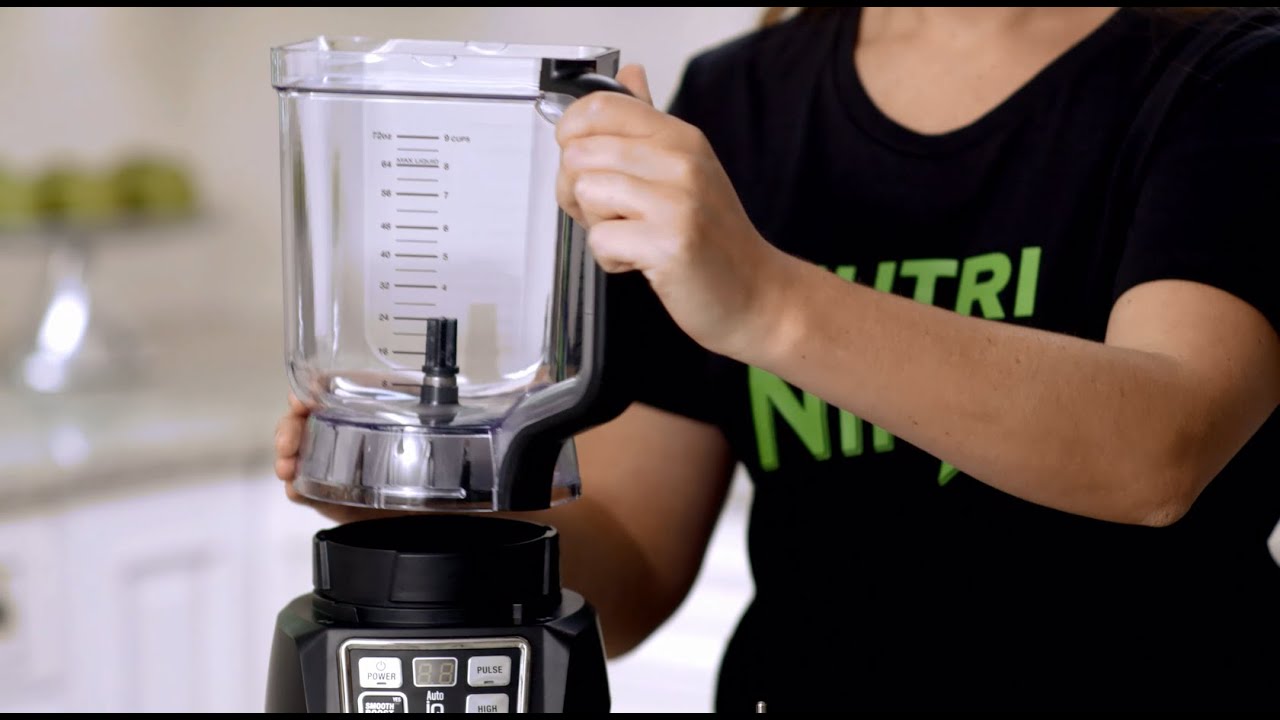

0 thoughts on “How Long Does A Ninja Blender Last”